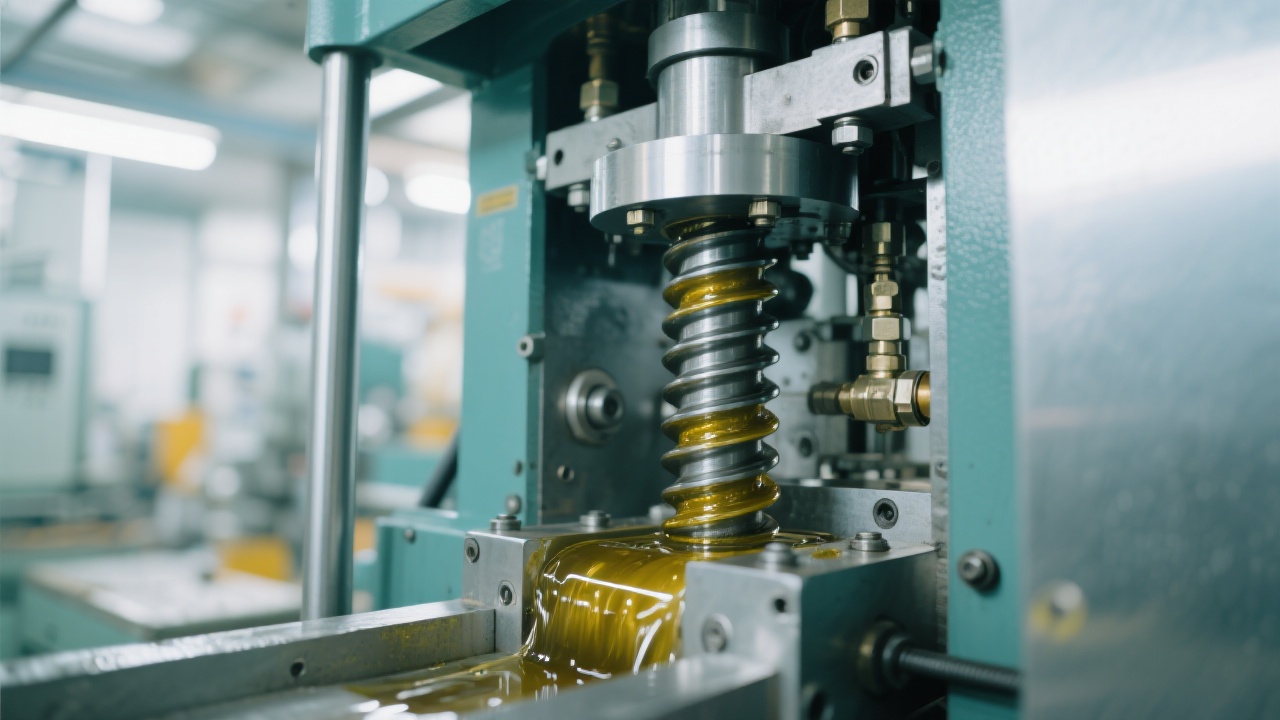
In the global peanut oil industry, production methods have evolved significantly—from manual pressing in rural mills to automated systems tailored for commercial scale. While traditional techniques remain common in Africa and parts of Europe, modern mid-scale extraction machines offer clear advantages in efficiency, environmental impact, and operational cost. Here’s how they compare.
Traditional oil presses—often hand-cranked or small electric models—rely on mechanical pressure applied over long periods. These methods typically yield only 40–55% oil recovery from raw peanuts, with high labor intensity and inconsistent quality. In West Africa, where many smallholder farmers operate, this results in an average daily output of just 5–7 kg per worker. Moreover, heat buildup during prolonged pressing degrades oil quality, reducing shelf life and market value.
| Parameter | Traditional Method | Mid-Scale Eco-Press Machine |
|---|---|---|
| Oil Recovery Rate (%) | 40–55% | 75–85% |
| Energy Consumption (kWh/kg oil) | ~1.8 kWh | ~0.9 kWh |
| Daily Output Capacity (kg) | 5–7 kg | 30–50 kg |
| Operational Complexity | High (manual labor required) | Low (automated controls, minimal training needed) |
Modern mid-scale peanut oil extractors integrate hydraulic pressure optimization, temperature control, and low-energy motors. For example, a 2023 case study from Ghana showed that switching from traditional presses to a single 15 kW eco-press increased daily output by 6x while cutting energy use by 50%. Similarly, in Spain, a family-run olive-paste processing facility adapted the same machine for peanut oil production—achieving ISO-certified oil quality at 82% recovery rate.

In Kenya, a cooperative of 120 smallholder farmers adopted a shared mid-scale press unit. Within six months, their collective income rose by 37%, primarily due to higher oil yields and reduced waste. In Germany, a startup using this equipment reported a 40% drop in maintenance costs compared to older gear, thanks to fewer moving parts and better sealing technology.
These outcomes aren’t isolated—they reflect broader trends toward sustainable agri-processing. By lowering carbon emissions (up to 30% less CO₂ per ton of oil), improving worker safety, and enabling consistent product quality, these machines align with EU Green Deal standards and African Union’s Agenda 2063 goals.
If you’re ready to boost productivity, reduce environmental impact, and meet growing demand for clean-label oils, now is the time to explore what modern extraction can do for your business.
Get Your Free Product Comparison Guide Now →
